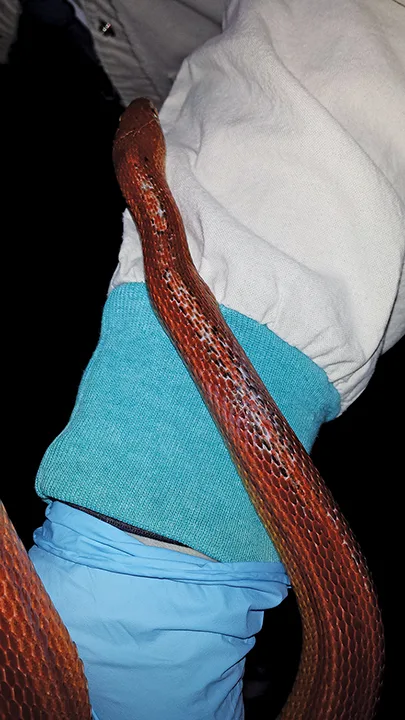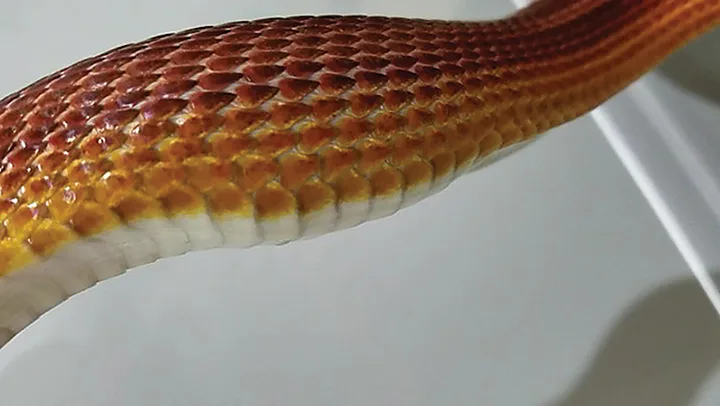Environmental Considerations for Snakes
Adolf K. Maas, III, DVM, DABVP (Reptile & Amphibian), CertAqV, ZooVet Consulting, Bothell, Washington
In the Literature
Warwick C, Arena P, Steedman C. Spatial considerations for captive snakes. J Vet Behav. 2019;30:37-48.
The Research …
Animal welfare encompasses the idea that not only basic needs be provided for an animal but also the care and materials necessary for improved quality of life. Although animal welfare has traditionally focused on domestic animals, it now focuses on animals in research environments as well. Subsequently, welfare practices for exotic and nontraditional species (eg, birds, exotic pets, primates, megavertebrates) have been developed. Zoos are now exceptionally cognizant of the role of improved welfare in the care of their animals.1
Although reptiles have generally been included in considerations of welfare and husbandry standards, for snakes, little scientific assessment of the environment necessary for improved quality of life has been performed other than in the basic needs of heat and diet. Whereas specialized lighting, furniture, enrichment, and cage supplementation are all common husbandry considerations for pet chelonia and lizards, husbandry for captive snakes in private collections often includes little more than heat, a water source, and bedding.
This research article examined the commonly maintained perception that snakes do not require space or environmental enrichment.2 Daytime observations of 31 species of snakes were held in 8 zoologic institutions in which the snakes were housed in enclosures allowing them to display a variety of behaviors as well as extend their full body length. It was found that 47% of the species observed adopted straight line or near straight line/stretched positioning, challenging the traditional belief that snakes do not require space and/or mental stimulation in their enclosure. These results provide an early step in the process of determining the needs of these complex species and critical information to build on.
Clinicians practicing serpentine medicine, however, can readily use this information. Health issues related to husbandry are common in captive snakes, and many of the issues listed in this article (eg, obesity, heart disease, sepsis, arthritis) are among the most commonly seen in practice.3 Many are resolvable by optimizing environments, thus providing opportunities for clinicians to improve their ability to evaluate the patient.

Pantherophis guttata with abrasions secondary to a cage environment of inadequate size

Pantherophis guttata with pronounced cardiomegaly
… The Takeaways
Key pearls to put into practice:
Traditional housing of snakes in small, often confined spaces is associated with infectious and other disease conditions.
A complete description of the patient’s enclosure, furnishings, and design is critical for clinicians in their evaluation and for making an appropriate health assessment and should be included in the patient’s permanent record.
Providing structure and an environment that appropriately enriches a captive snake is as necessary for these species as it is for any other species.
The recommendations and guidelines provided in this article regarding size of enclosure, supplemental materials, and other aspects of husbandry are validated for application4 and can be adopted in a clinician’s snake examination.